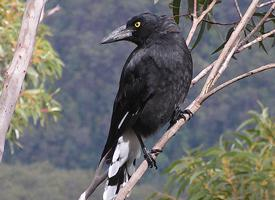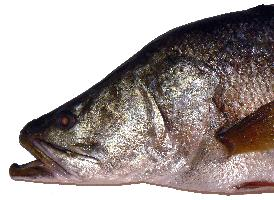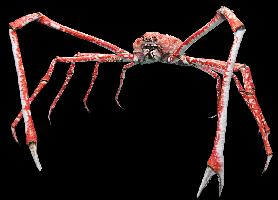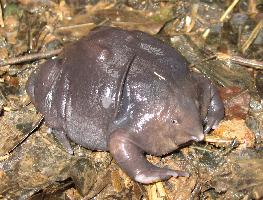
Váhy a míry
| Délka | 7 cm |
|---|
Stav ohrožení
| Ohrožen |
Popis zvířete
The Purple frog, scientifically known as Nasikabatrachus sahyadrensis, is a fascinating and enigmatic amphibian species that has captured the interest of herpetologists and conservationists worldwide. This unique species was formally described in 2003, making it a relatively recent discovery in the scientific community. It is endemic to the Western Ghats of India, a biodiversity hotspot known for its rich and unique fauna and flora.The Purple frog boasts a striking appearance that sets it apart from other frog species. As its name suggests, it has a purplish-grey skin color, although it can sometimes appear more towards a dull brown, depending on environmental factors. Its body is robust and bloated, giving it an almost comical, pudgy look. This distinctive body shape is complemented by a small head and an unusually pointed snout, adaptations believed to assist its subterranean lifestyle. Unlike many other frogs, the legs of the Purple frog are relatively short, with the hind legs being more powerful and adapted for digging.
One of the most remarkable aspects of the Purple frog's biology is its life cycle and behavior. This species spends the majority of its life underground, emerging only for a few days each year during the monsoon season to breed. This elusive nature has contributed to its late discovery and continues to pose challenges for researchers studying its habits and population. The Purple frog's diet primarily consists of termites and other underground insects, which it hunts using its specially adapted tongue and mouth.
Breeding occurs in temporary water bodies formed by the monsoon rains. After a frenetic and brief mating period, the female lays eggs in these water bodies, where they develop into tadpoles. The tadpole stage of the Purple frog is particularly long, lasting up to nine months, which is unusual for frogs. These tadpoles have a unique morphology, with a denticulate (tooth-like structures) oral apparatus that helps them feed on detritus in the water.
Conservation status of the Purple frog is of great concern. It is currently listed as Endangered by the International Union for Conservation of Nature (IUCN). The primary threats to its survival include habitat loss due to deforestation, agriculture, and dam construction, which reduce and fragment its already limited habitat. Additionally, climate change poses a significant long-term threat by altering the monsoon patterns crucial for its breeding cycle.
Efforts are underway to protect the Purple frog and its habitat, including research to better understand its ecology, behavior, and population dynamics. Conservation strategies also involve working with local communities to promote sustainable land use practices that can help preserve the Western Ghats' unique biodiversity, including this remarkable amphibian.
In conclusion, the Purple frog is a unique and intriguing species whose discovery has added significantly to our understanding of biodiversity and evolution. Its specialized lifestyle and adaptations make it a fascinating subject of study, while also highlighting the importance of conservation efforts to protect the world's rapidly diminishing natural habitats.
Mapa výskytu
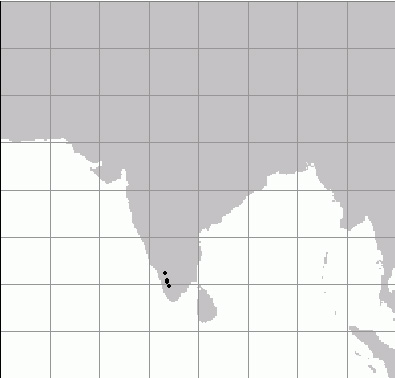
Podobná zvířata
Nové fotografie zvířat
Top 10 zvířat
- Chinese water dragon (Physignathus cocincinus)
- Galápagos tortoise (Geochelone nigra complex)
- Dolphin gull (Leucophaeus scoresbii)
- Japanese macaque (Macaca fuscata)
- Colombian red howler (Alouatta seniculus)
- Sea urchins (Echinoidea)
- Diana monkey (Cercopithecus diana)
- Moustached guenon (Cercopithecus cephus)
- Colossal squid (Mesonychoteuthis hamiltoni)
- Common reed warbler (Acrocephalus scirpaceus)
